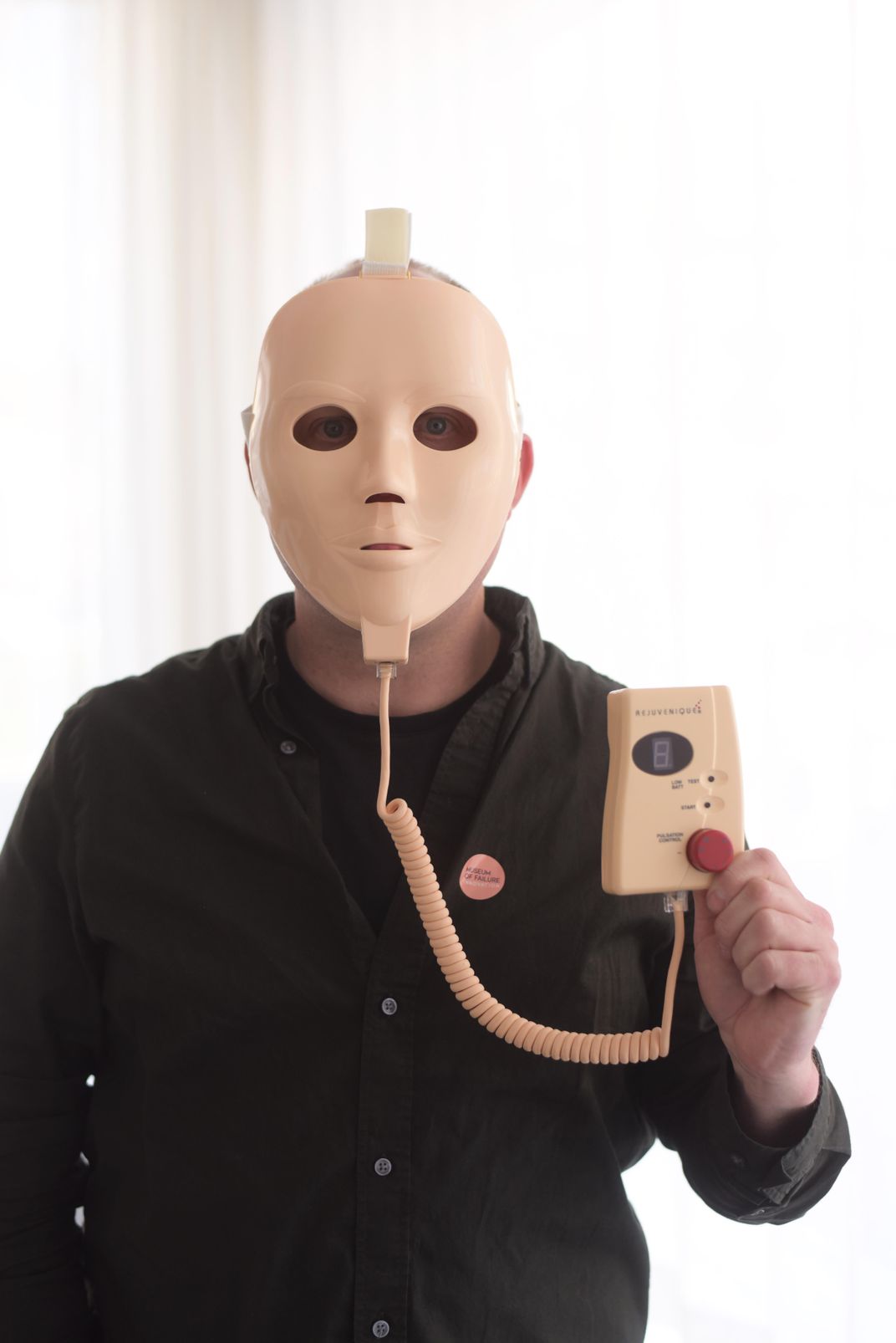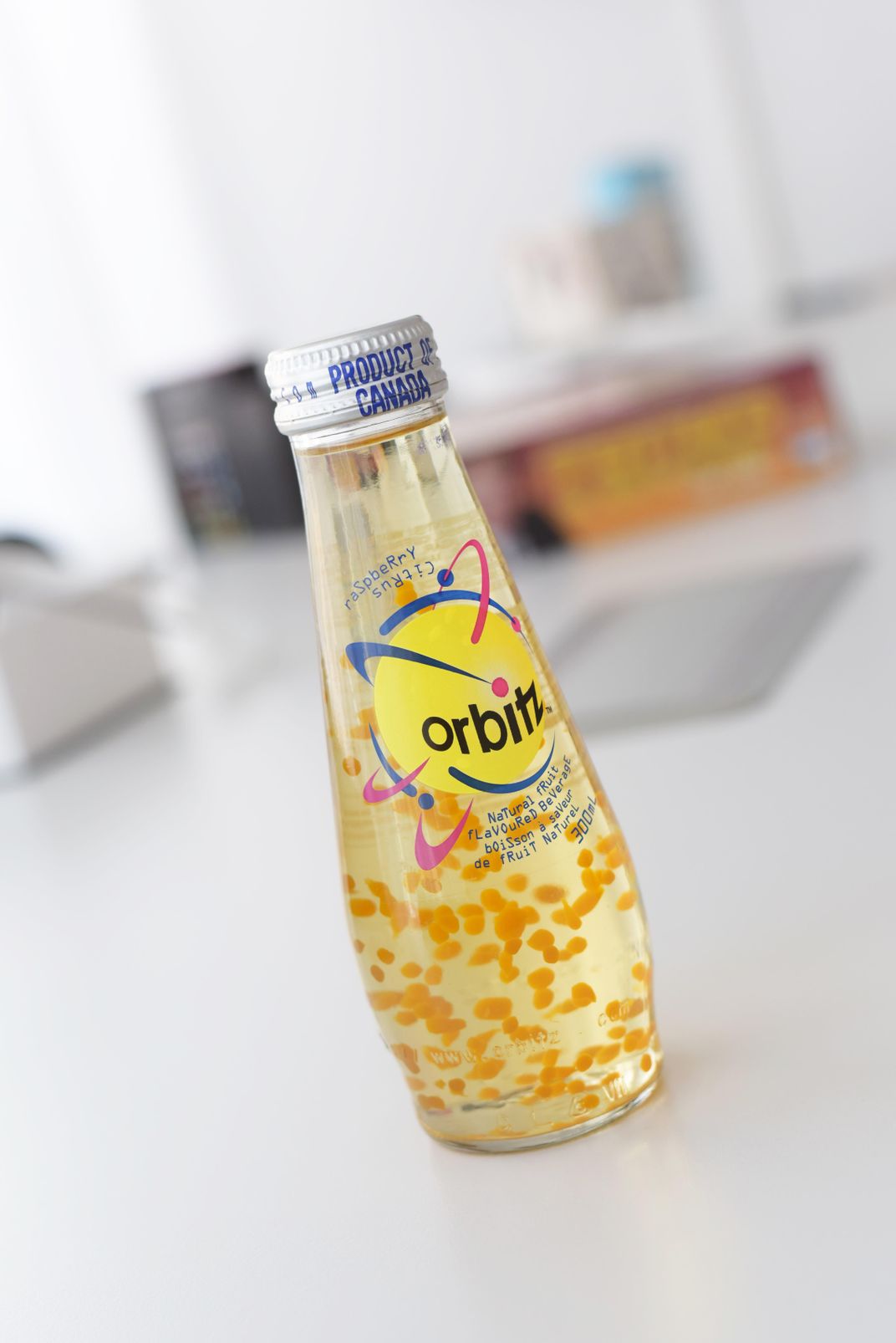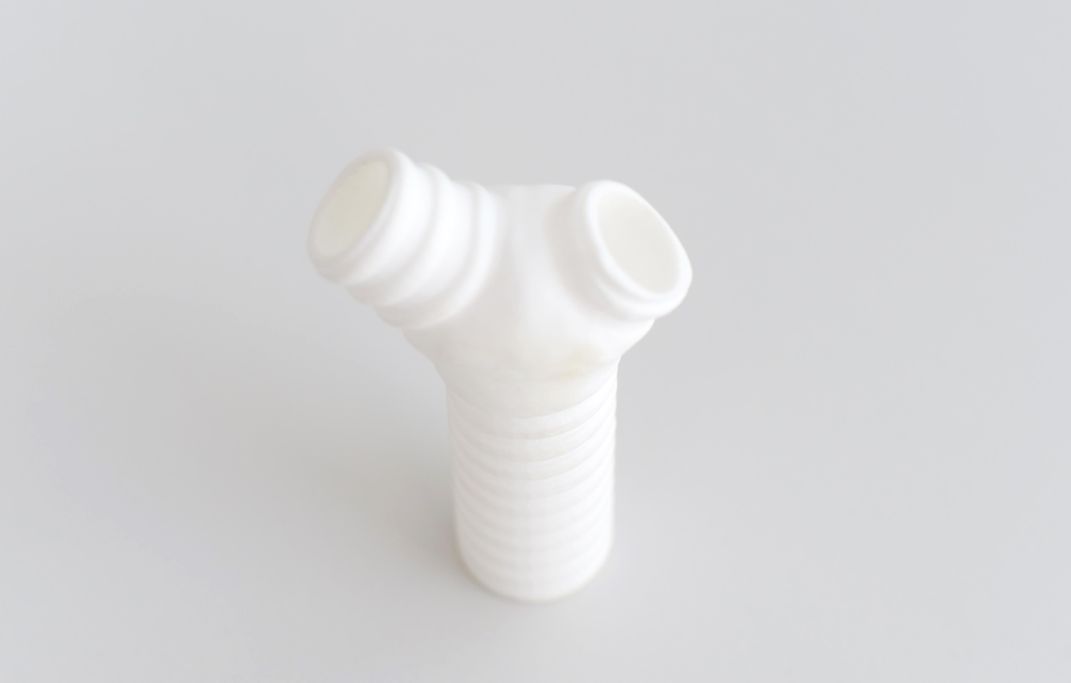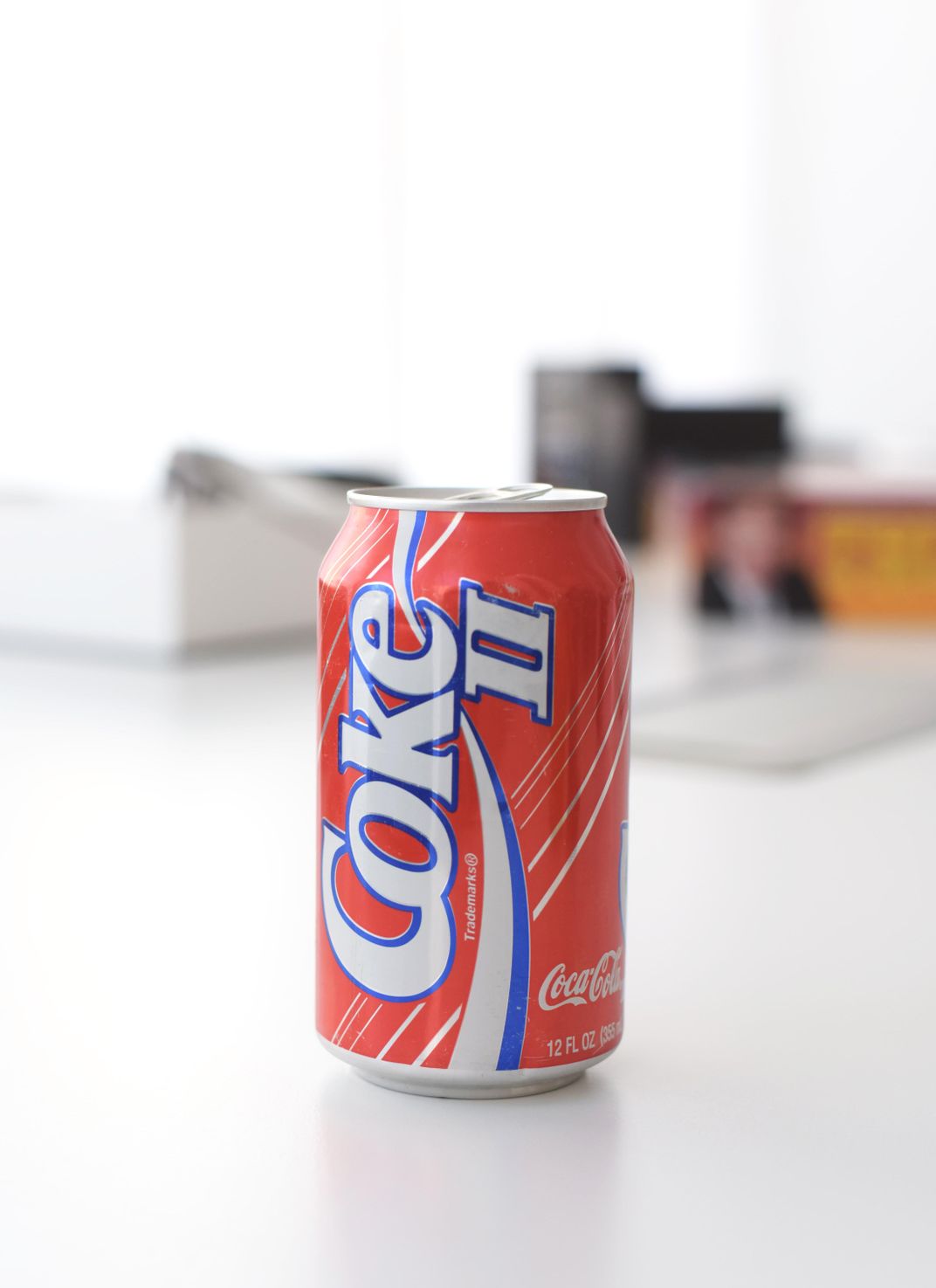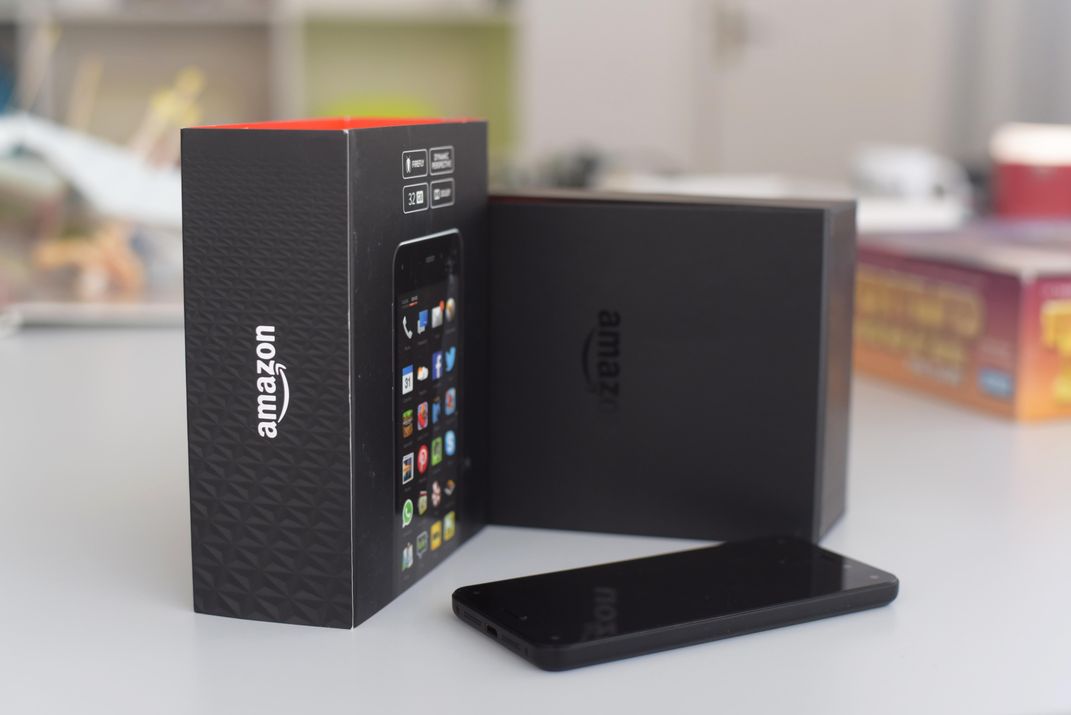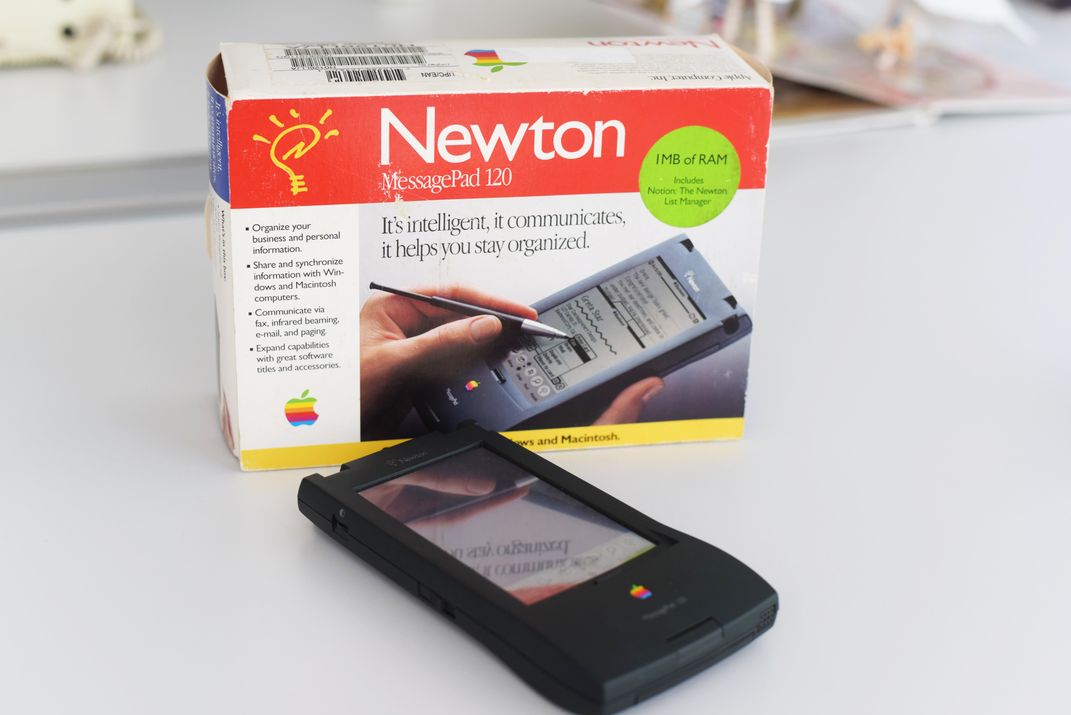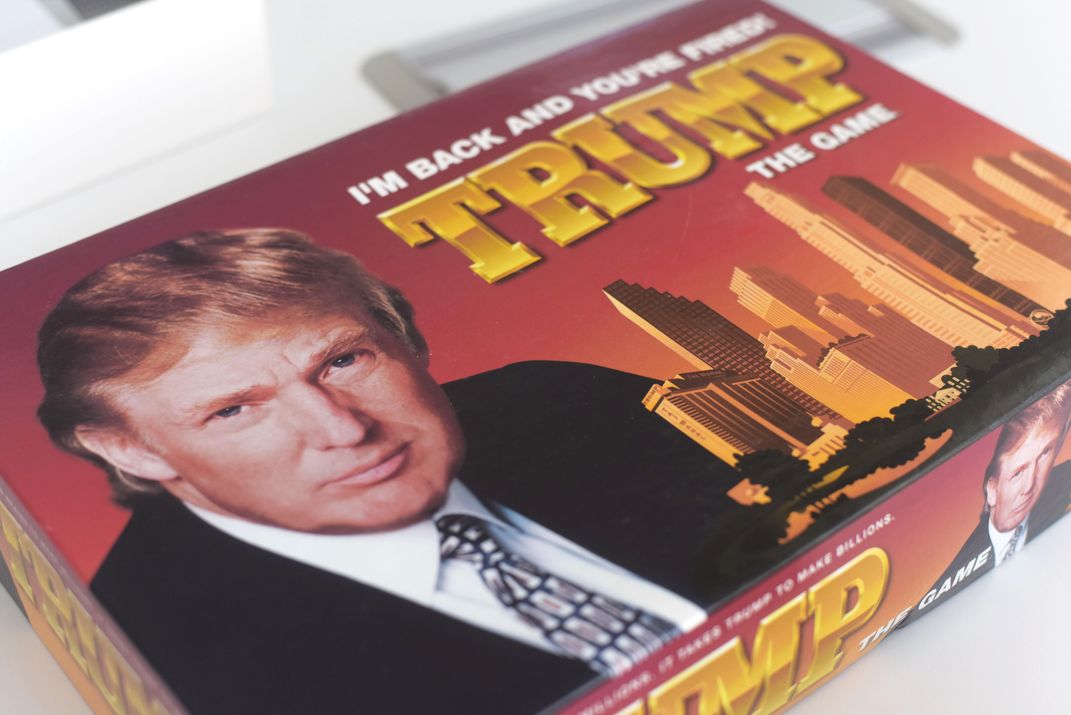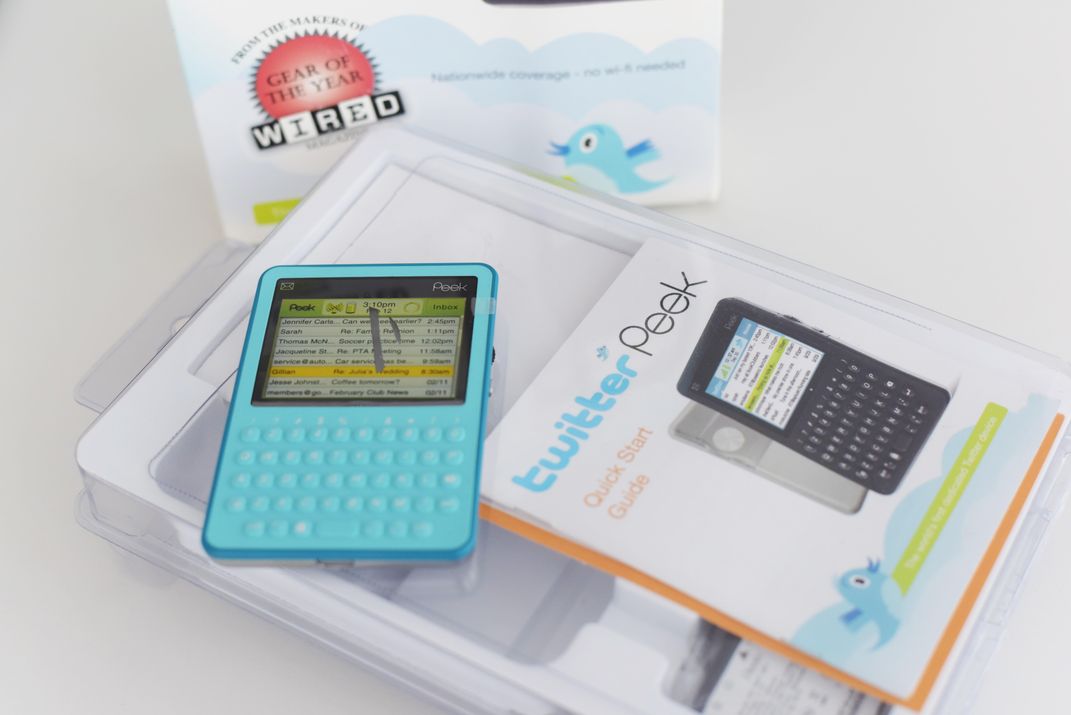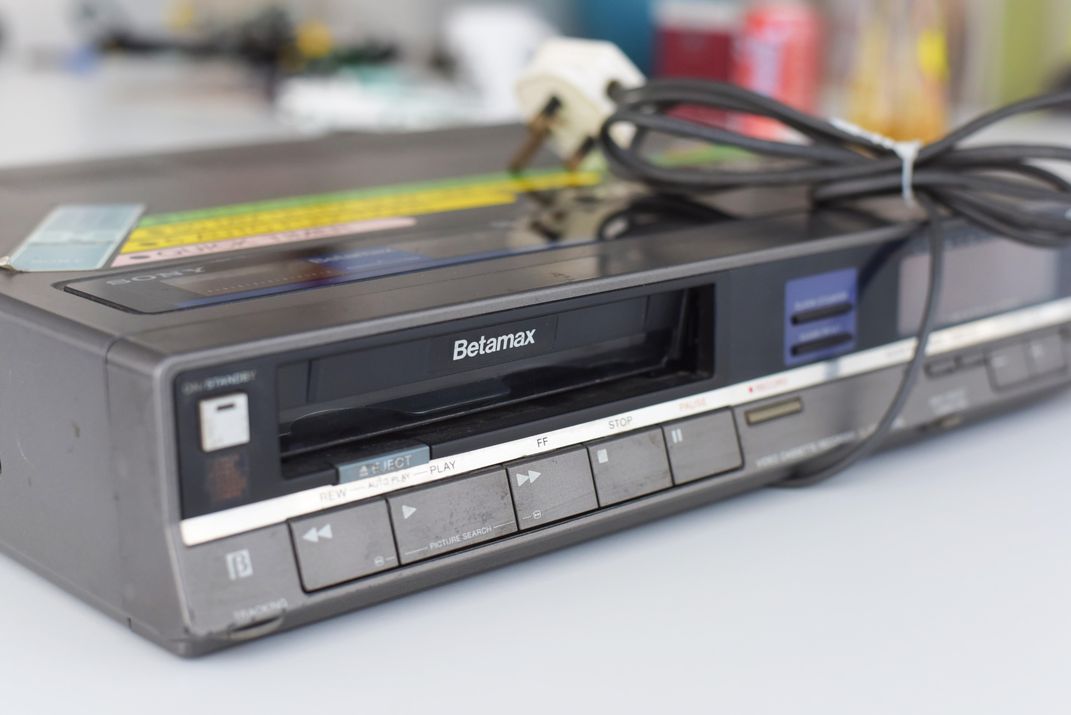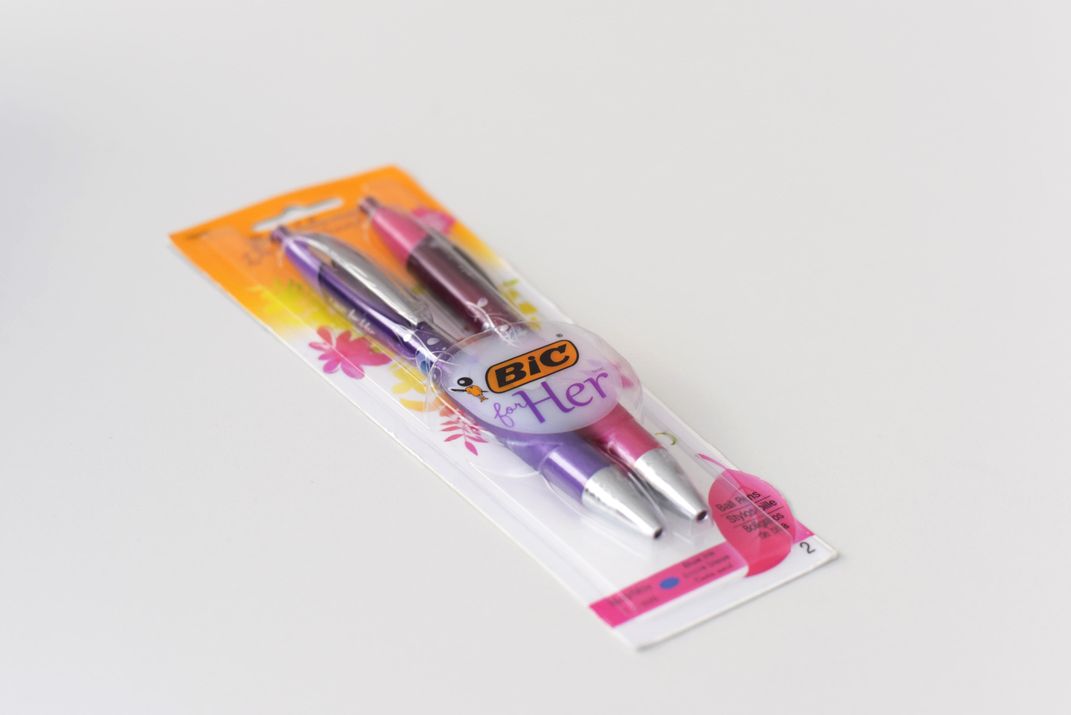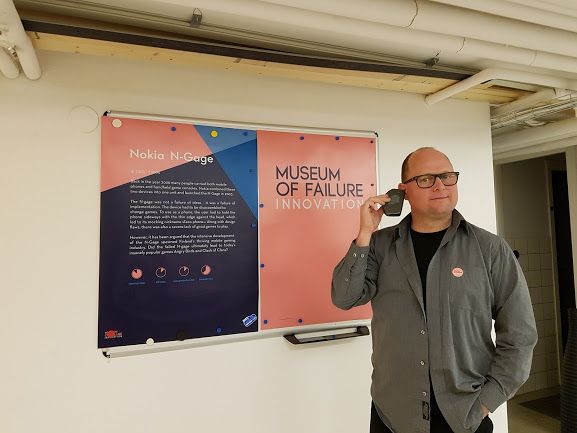A New Museum in Sweden Is All About Failure
Visit the many examples of products that were short-sighted, short-lived or just silly
The path to success is littered with failures, but fortunately someone is following the innovators of the world, picking up their discarded projects and putting them in a museum. That's Samuel West, a psychologist who studies creativity and work. He's curating the new Museum of Failure, which opens this summer in Helsingborg, Sweden.
The museum's curios highlight different kinds of failure, writes Gavin Haynes for The Guardian. Some companies took their idea a step too far. Take, for example, the "Bic for Her" pens in purple and pink, which took the useful idea of market segmentation (many products are marketed specifically to women) and "over-extended it to an embarrassing degree," Haynes writes. Both women and men took to the review boards of Amazon with sarcastic fervor so at least the comedy of that mishap was good.
West has spent the last seven years studying failure and success and what people say about both. "I got tired of all of this glorifying of success, especially within the domain of innovation where 80 to 90 percent of all projects fail," he tells Smithsonian.com. Perhaps as a way to counter the trumpets of success, he started collecting products that represented failure. He says he had no purpose at first, but thought that it was a fun hobby.
Then he visited the Museum of Broken Relationships in Zagreb, Croatia, where artists Olinka Vištica and Drazen Grubisic placed "sentimental reminders of their fizzled love" in a collection that could stay together forever. Then other people donated their own reminders—teddy bears, love letters, and some more surprising objects, as Rachel James noted in Atlas Obscura.
"I just thought: 'Woah, if they can do that, then I should open the Museum of Failure," West says. "It was kind of an eureka moment."
Some products in the collection are just silly. One of West's favorites, he says, is a peach-colored mask that looks alarmingly like something the villain in a horror flick would wear. Instead, the product is the faux-elegantly-named Rejuvenique electric facial mask. As a man in the informercial explains (er, badly): "If you can get the idea of what doing eight sit-ups a second would do for your stomach, you have an idea of what Rejuvenique would do for your face." During a "facial toning session," electrical impulses delivered through gold-plated nodules on the inside of the face "activate'" the muscles of the face.
"Those are just products that are stupid, they never should have existed in the first place," says West, laughing. But the products that he finds the most interesting are those that might have succeed but still failed.
"There's big companies, enormous resources and competence," he says. "Despite this, they fail and it is not often apparent why they fail until afterwards." In that category, he places the Apple Newton, the device that coined the term PDA (personal digital assistant) and was conceived in 1991 a time when handheld computers "were still largely the stuff of science fiction," writes Mat Honan for Wired. Other flops from big companies that make sense in retrospect: the Amazon Fire Phone, Google Glass, Sony Betamax and Coke II. Actually, that last was another attempt to sell "New Coke," so maybe that failure could have been predicted beforehand.
Technological gadgets that failed are a big category at the museum. "I could open a whole museum with only smartphones," West says. But other industries are good at making duds as well. Colgate tried to sell beef lasagna. Harley Davidson marketed a perfume.
Other failures are a bit more grim. One object looks like a white tube that branches. It's an artificial windpipe or trachea. Between 2011 and 2012, three patients at the Karolinska University Hospital in Stockholm received similar artificial tracheas in surgeries carried out by Paolo Macchiarini, reports Alison Abbott for Nature. Macchiarini's procedure also involved implanting stem cells from the patients into the artificial tracheas. In June 2014, Macchiarini was accused of scientific and ethical misconduct. He was eventually dismissed from Karolinska Institute. Tragically, two of the three patients had since died and the other was still hospitalized at the time of Abbott's reporting, in March 2016.
This example illustrates the dark side of innovation and failure. Failure early in the process can help refine an approach. Failure later in the process, like that of the artificial trachea, can have severe consequences.
The solution, West hopes, is to think about failure differently. "You can't have success without failure," he says. "You need to tolerate, accept and create space for failure as well and not be so afraid of it." If individuals and companies look critically at their failures, they can learn from them. Apple, Google and others that are giants today took calculated risks in the past and some panned out while others didn't.
Visitors to the museum, which is scheduled to open to the public on June 7 (a pop-up of the museum is currently on tour), will be able explore the detritus and ramifications of failure in person. West has been working with graphic and interior designers to create a space that he says will be interactive and have a Scandinavian minimalist feel.
"I don't mind indulging people and making it fun," West says. "I want people to have a laugh, but I also want them to walk home with a message." Don't be afraid of failing at the start. Instead, take the time to learn and use that knowledge to succeed.
